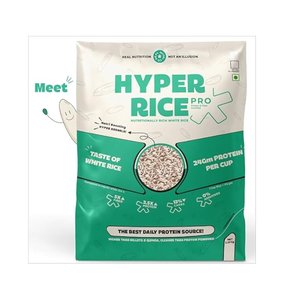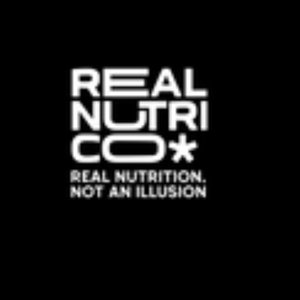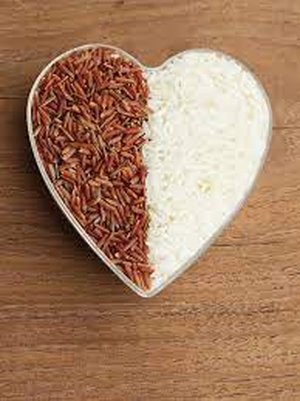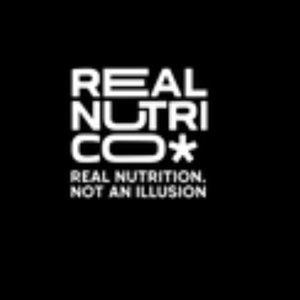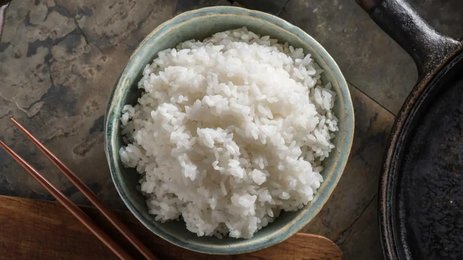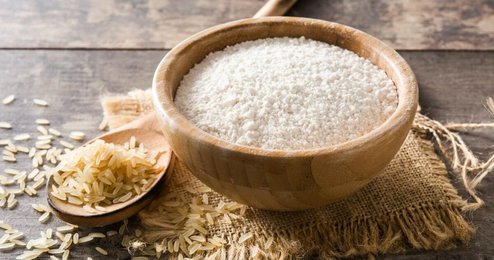How to Eat Healthy on a Budget: Smart Tips
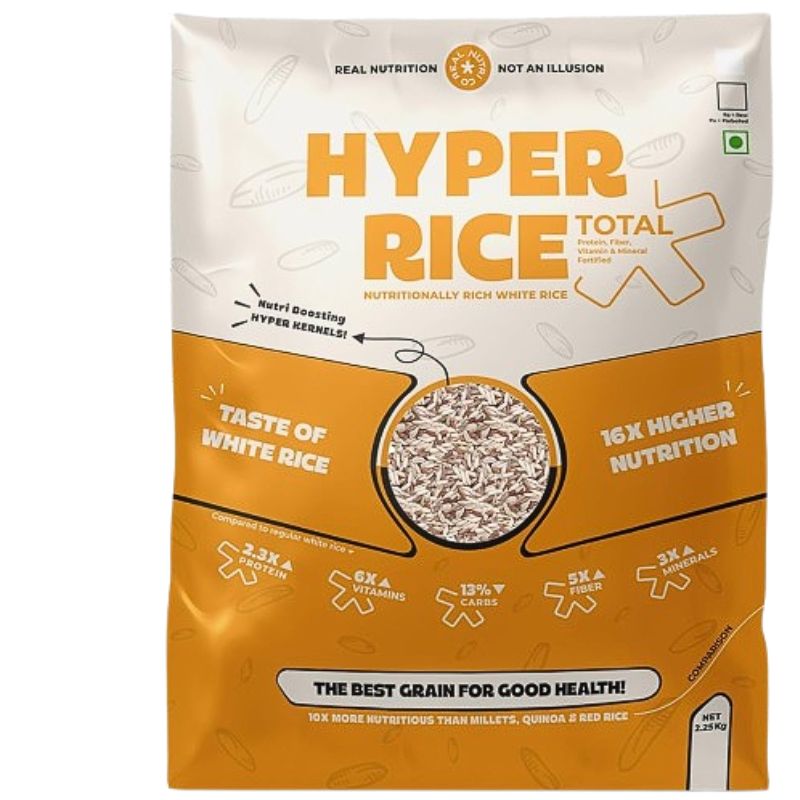
Eating healthy doesn’t have to be expensive. In fact, with a little planning and smart choices, you can enjoy a nutritious diet without spending a fortune. Whether you're a student, a busy parent, or just trying to save money, this guide will help you understand how to eat well without breaking the bank.
Let’s explore some easy and practical tips to eat healthy on a budget — no complicated jargon, just real talk and simple ideas.
1. Plan Your Meals
One of the best ways to save money and eat healthy is to plan your meals in advance. When you know what you're going to cook for the week, you're less likely to grab fast food or order takeout.
Here’s how to do it:
-
Make a weekly meal plan.
-
Write down all the ingredients you’ll need.
-
Check what you already have at home.
-
Create a shopping list and stick to it.
Meal planning helps avoid food waste and makes sure you're using everything you buy.
2. Buy Whole Foods, Not Processed Ones
Processed foods are not only less healthy, but they often cost more. For example, a bag of pre-cut veggies might cost twice as much as whole vegetables. Instead, buy foods in their natural state — like whole potatoes instead of frozen fries or oats instead of sugary instant oatmeal.
Whole foods are also richer in nutrients and don’t contain added sugar, salt, or unhealthy fats.
3. Shop Smart and Seasonal
Fruits and vegetables are cheaper when they are in season. For example, berries in summer or root veggies in winter. Buy local and seasonal produce to get better prices and fresher food.
Also, check out these money-saving tips:
-
Look for sales and discounts at your local store.
-
Use coupons and cashback apps.
-
Buy store brands — they often taste just as good as name brands.
-
Visit local farmers’ markets near the end of the day when prices often drop.
4. Cook at Home More Often
Eating out adds up quickly. Even a $10 meal a few times a week can eat into your budget. Cooking at home gives you full control over what goes into your food and saves money.
Start simple:
-
Make large batches and freeze leftovers.
-
Try easy one-pot meals like soups, stews, and stir-fries.
-
Use affordable staples like Hyper rice, beans, and lentils.
Hyper rice is a great high-protein option that’s becoming popular for its health benefits. It’s easy to cook, very filling, and perfect for meal prep. Plus, it’s loaded with hyper high protein, which helps keep you full longer and supports muscle health.
5. Eat More Plant-Based Meals
Meat can be expensive. You don’t have to become a full vegetarian, but cutting back on meat and adding more plant-based meals can help your wallet and your health.
Try these affordable protein-rich options:
-
Beans and legumes
-
Tofu and tempeh
-
Eggs
-
Lentils
-
Nuts and seeds
-
Whole grains like brown rice or Hyper rice
Besides saving money, eating more plants helps reduce cholesterol, supports digestion, and lowers the risk of chronic disease.
6. Buy in Bulk
Staple items like rice, oats, flour, dried beans, and spices are cheaper when bought in bulk. Store them in airtight containers and they’ll last a long time.
Bulk foods are usually:
-
Lower in cost per serving
-
Less processed
-
Easier to store and cook with
Rice, especially Hyper rice, is a fantastic bulk item. It’s affordable, versatile, and full of nutrients. Rice benefits for health include being a great source of energy, easy to digest, and gluten-free.
7. Cut Out Sugary Drinks and Snacks
Sodas, fancy coffees, and sugary snacks add little nutrition and cost a lot over time. Replace them with:
-
Water (infuse with lemon or mint for flavor)
-
Homemade smoothies
-
Herbal teas
Instead of chips or candy, try:
-
Air-popped popcorn
-
Nuts and dried fruits
-
Yogurt with honey
These options are not only cheaper in the long run, but they also support better digestion, energy levels, and mood.
8. Use Leftovers Creatively
Don’t throw out last night’s dinner! Turn leftovers into something new:
-
Roast veggies can go into a wrap or sandwich.
-
Cooked chicken can become soup or salad.
-
Rice can be used in stir-fries, burrito bowls, or breakfast dishes.
Using leftovers saves time, reduces waste, and helps stretch your budget.
9. Grow Your Own Food (If You Can)
If you have a small yard or even a sunny windowsill, growing your own herbs or veggies can save money and add fresh flavor to your meals.
Easy plants to grow:
-
Basil
-
Mint
-
Tomatoes
-
Lettuce
-
Green onions
Even just growing herbs can reduce your need to buy fresh bundles every week, and they add so much to your cooking.
Final Thoughts
Eating healthy on a budget isn’t about sacrificing taste or going hungry. It’s about being smart, simple, and consistent. Start small, make a plan, cook more at home, and explore affordable foods like Hyper rice, beans, and fresh produce.
You’ll soon notice the difference in your health, energy, and wallet. Plus, by choosing foods with real nutrition — like those high in hyper high protein or rich in rice benefits for health — you're fueling your body in the best way possible.
So next time someone says eating healthy is too expensive, share these smart tips — and show them how it’s done!

